Various types of content management systems are already available in the web market. Many systems come with a variety of features and sophisticated tools to manage content in multiple ways.
Although most powerful CMS tools help in developing a rich content creation experience, some of them may get complex and overwhelming pretty easily.
A lightweight content management system acts as an alternative for managing online content with minimum installation and operation requirements. It’s useful to provide simple and easy-to-use ways to manage content efficiently. Particularly, when the content itself is fairly simple or the creation and publishing process doesn’t comprise a complex procedure.
We highlight the best lightweight content management systems for a straightforward and hassle-free content development process.
1. What is Lightweight CMS
A lightweight CMS is a content management system with simple and easy-to-use tools to create content with minimum installation and administration requirements.
The aim of lightweight CMS platforms is to save the time and effort of running complex systems packed with needless features and sophisticated interfaces. It provides an alternative and efficient solution to create online content with fewer system configurations.
Most lightweight CMS platforms are typically unqualified to produce complex forms of online content. However, many of them are usually equipped with all the required instruments to run a complete content development cycle.
2. Lightweight CMS vs Flat-File CMS
Traditional CMS platforms usually use structured databases to store their content. On the contrary, a Flat-File CMS is a content management system that stores data in plain text files rather than databases.
Although most flat-file content management systems tend to be lightweight, a lightweight CMS is generally a simple content management system regardless of the underlying techniques.
Sometimes, “Lightweight CMS” and “Flat-File CMS” are used interchangeably. However, from a technical point of view, they have quite different meanings. As each term refers to a specific concept that covers a distinct set of CMS platforms.
3. Top 10 Lightest CMS Platforms
To obtain a list of the lightest cms applications, we analyzed first the most popular content management systems. Then, we selected the ones described as lightweight cms platforms.
3.1. Grav
Grav: Grav (shortened version of the word “gravity”) is a simple and free self-hosted content management system. It uses a flat-file database and is designed to be easy to set up and learn. Its focus is speed and simplicity rather than providing complex built-in features. It is the most-starred PHP CMS on GitHub.
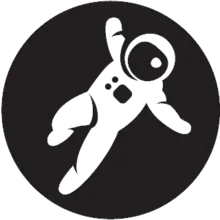
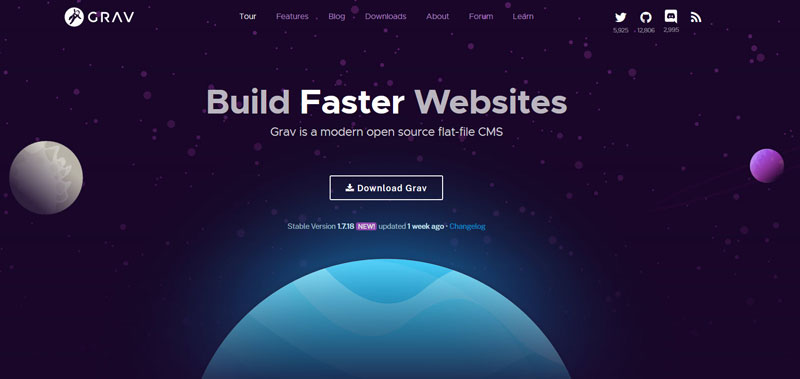
Type: Web Content Management System Platform (WCMS)
Grav PROS:
- Free and open source tool.
- Very easy to install and maintain (no database CMS).
- Uses text or markdown files to store the content.
Grav CONS:
- Difficult to build complex websites.
- Markdown dependent (users need to learn Markdown).
Website: https://getgrav.org/
3.2. Jekyll
Jekyll: Jekyll is a simple, blog-aware, static site generator designed to create personal projects or organization sites. It’s basically a static site generator that helps create static site files, which can be hosted as HTML files on any website.
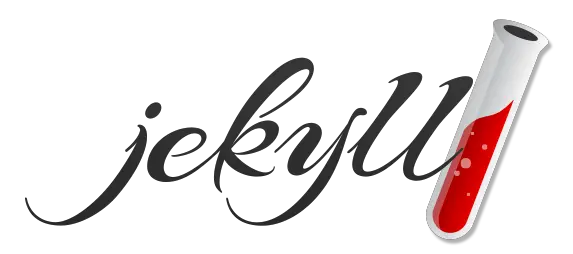
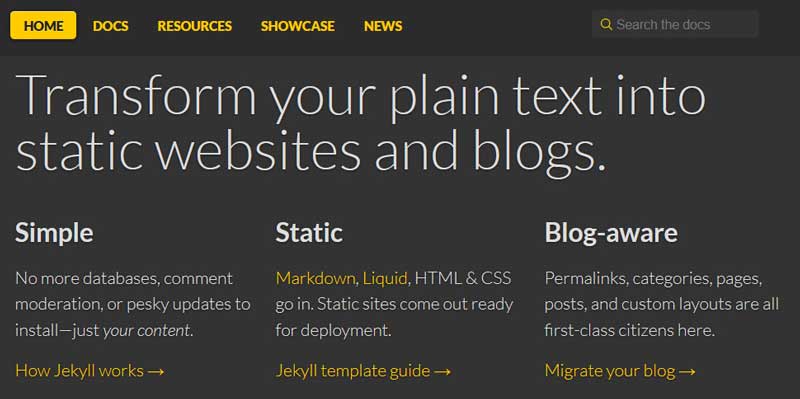
Type: Blogging CMS Platform (Weblogging)
Jekyll PROS:
- No need for databases and CMS framework.
- No server maintenance and regular updates are needed.
- Sites tend to be extremely fast and can be hosted for free on GitHub Pages.
Jekyll CONS:
- Few themes and plugins are available.
- Has a relatively small community.
- Not easy to update and maintain for non-tech users.
Website: https://jekyllrb.com/
3.3. Textpattern
Textpattern: Textpattern is a simple, flexible, fast, and easy-to-use content management system. Although it’s an open-source CMS often seen as a weblogging tool, it tends to be a general-purpose content management system suitable for web deployment in many contexts.
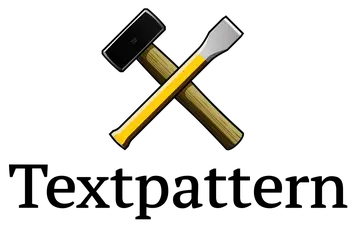
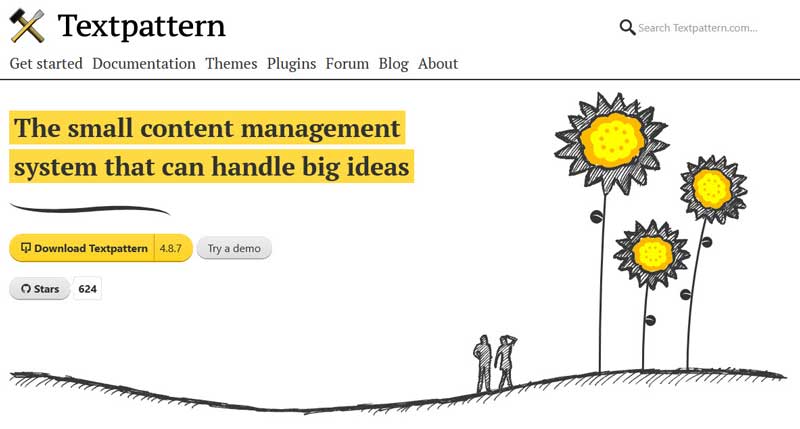
Type: Web Content Management System Platform (WCMS)
Textpattern PROS:
- Free and open-source solution.
- Extensive documentation.
- Intuitive design and easy-to-use interface.
Textpattern CONS:
- No concept of portable design themes (each site is created uniquely and the theme can’t be changed).
- Few themes or templates.
- Small community.
Website: https://textpattern.com/
3.4. Google Sites
Google Sites: Google Sites is a structured web page creation tool offered by Google. Google Sites allows you to quickly and easily build a website, without needing experience in web design or development. Once the site is created it will automatically be saved into Google Drive. The service allows embedding other Google Apps such as; Google Docs, Google Sheets, Google Calendar, …
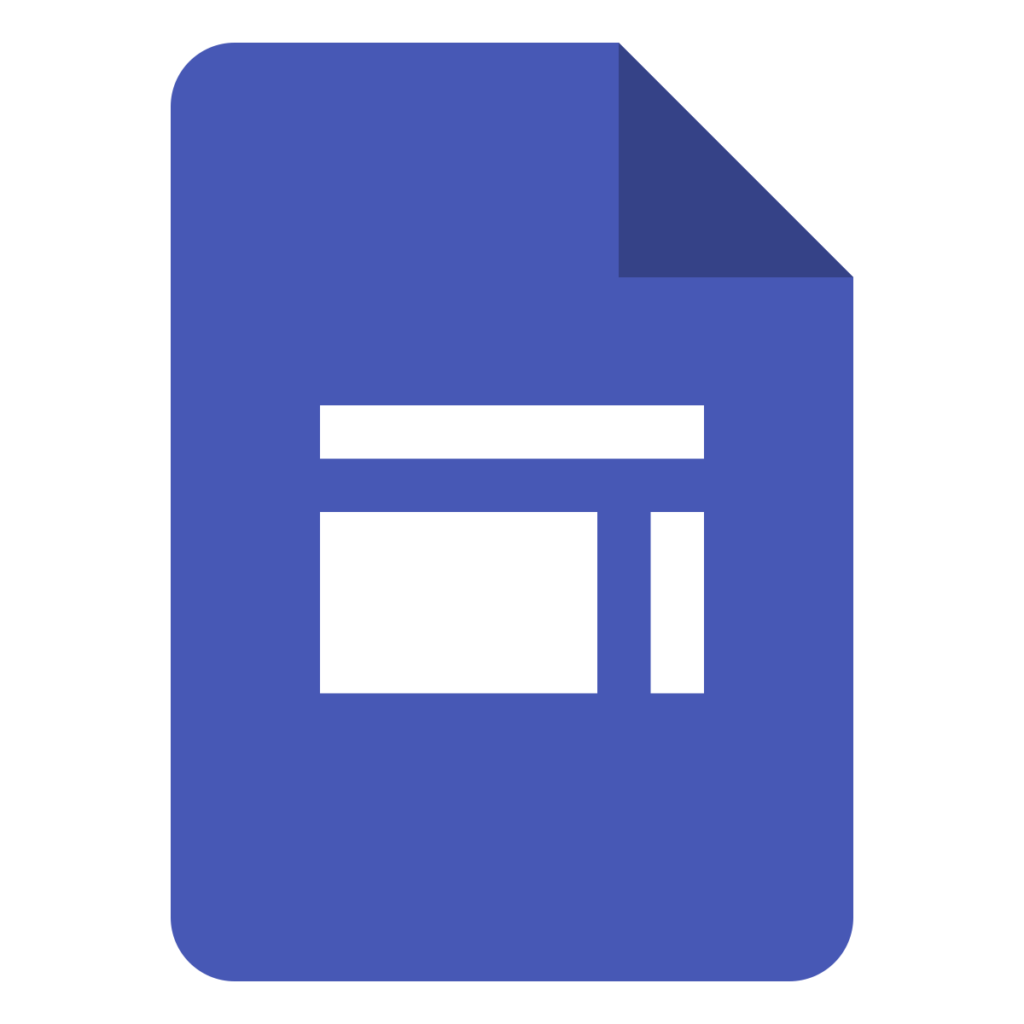
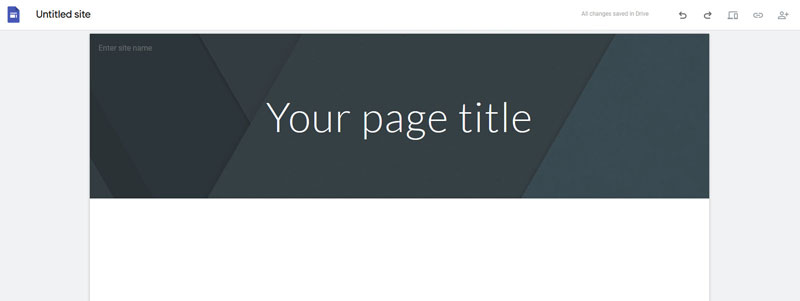
Type: Web Content Management System Platform (WCMS)
Google Sites PROS:
- Managed and operated by Google.
- Easy to create secure web pages with no need for HTML coding or web design experience.
- No programming or database skills are required.
- Integrated with Google apps.
Google Sites CONS:
- Limited functionality when compared to other builders.
- The site URL must begin with “sites.google.com/…..”.
- Not suitable for business and complex websites.
Website: https://sites.google.com/new
3.5. Anchor CMS
Anchor CMS: Anchor CMS is a free and open-source blogging management system with lightweight features. It’s written in PHP and focuses on writing blogs. It has a very simple and uncluttered admin interface that shows essential features, such as creating posts and pages and managing comments and categories. Anchor CMS is focused on doing only one thing, which is blogging.
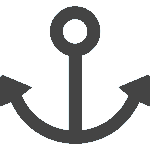
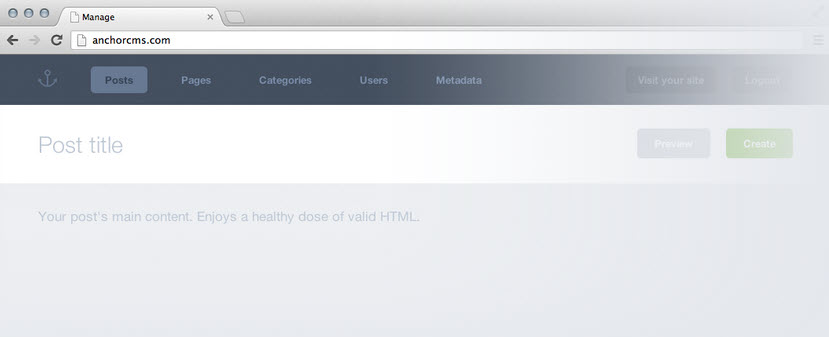
Type: Blogging CMS Platform (Weblogging)
Anchor CMS PROS:
- Extremely lightweight content management system (It weighs around 200KB).
- Fully free and open-source (released under the GPL-3.0 License).
- Faster page load time and database query optimization.
Anchor CMS CONS:
- Anchor CMS is no longer in active development.
- Has small theme repository.
- Does not support plug-ins.
Website: https://anchorcms.com
3.6. CMS Made Simple
CMS Made Simple: CMS Made Simple is a free and open-source content management system. It provides web-based development and administration tools for developers, programmers, and site owners. It is suited for building and managing websites for small and medium businesses.

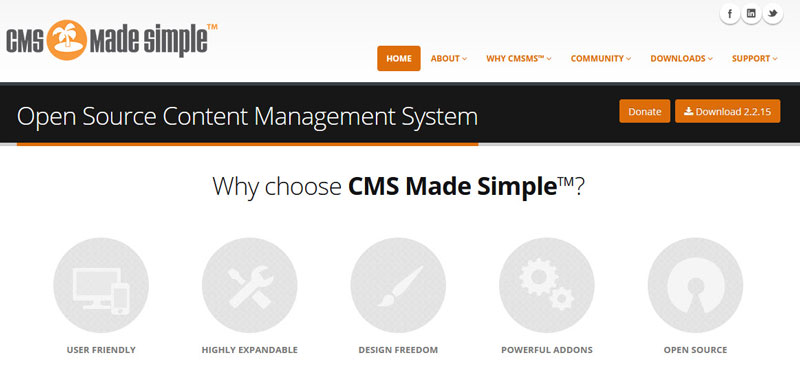
Type: Web Content Management System Platform (WCMS)
CMS Made Simple PROS:
- Good documentation.
- Decent number of themes, modules, and plugins.
- API documentation and database abstraction.
CMS Made Simple CONS:
- Requires intermediate development skills such as HTML, CSS, databases, …
- Not suitable for heavy website.
Website: https://www.cmsmadesimple.org/
3.7. Bolt CMS
Bolt CMS: Bolt CMS is a simple and free content management system. It’s a sophisticated and lightweight tool for content management. It’s a flexible open-source tool that aims at being as simple and straightforward as possible.

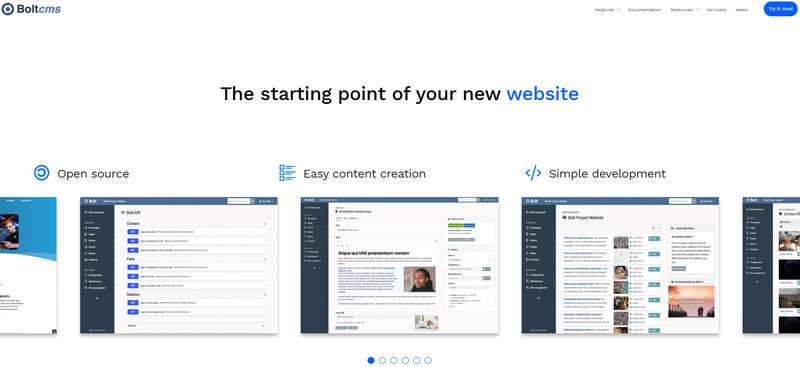
Type: Web Content Management System Platform (WCMS)
Bolt CMS PROS:
- Free and open-source.
- Easy to setup and use.
- Powerful content types.
Bolt CMS CONS:
- Limited community size.
- Is not a flat-file CMS, which impacts the deployment speed.
Website: https://boltcms.io/
3.8. TinyCMS
TinyCMS: TinyCMS is an extremely simple content management system. It’s an easy-to-use, robust and lightweight tool to build websites. It has a flat-file database which makes it easy to install. It uses modules to add additional features.
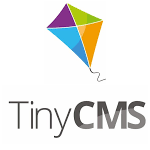
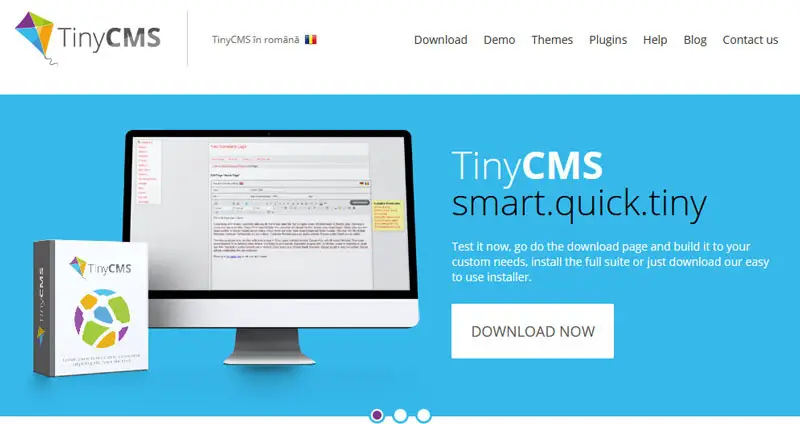
Type: Web Content Management System Platform (WCMS)
TinyCMS PROS:
- Well-known for its lightweight script.
- Easy to deploy (upload the website and edit the script URL).
TinyCMS CONS:
- Requires technical skill to modify pages.
Website: https://www.tinycms.eu/
3.9. CushyCMS
CushyCMS: CushyCMS is a fast and simple tool that provides web designers with simple content management. It’s a free and straightforward cms that allows users to pre-define areas on web pages, that can be edited when published.

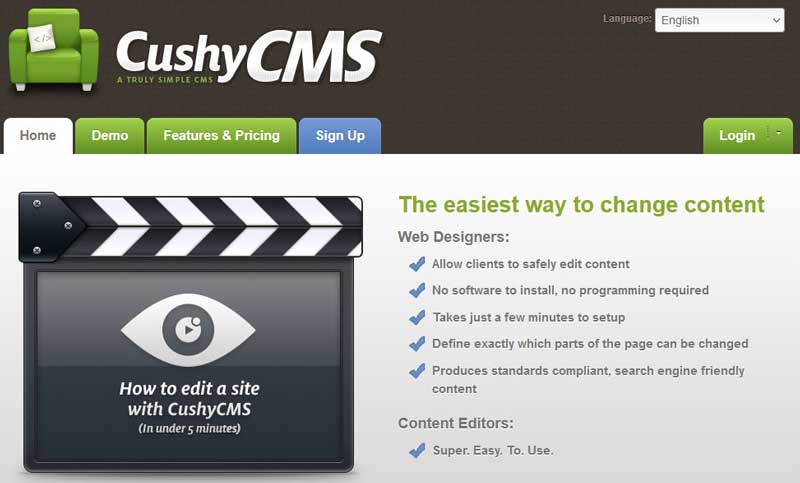
Type: Web Content Management System Platform (WCMS)
CushyCMS PROS:
- Permission levels and client access to edit site content.
- Free and easy to get started.
CushyCMS CONS:
- Many features are available only in the paid version.
- Quite expensive if not used for multiple websites.
Website: https://www.cushycms.com/en
3.10. CouchCMS
CouchCMS: CouchCMS is a free and simple open-source content management system to design websites without coding knowledge.

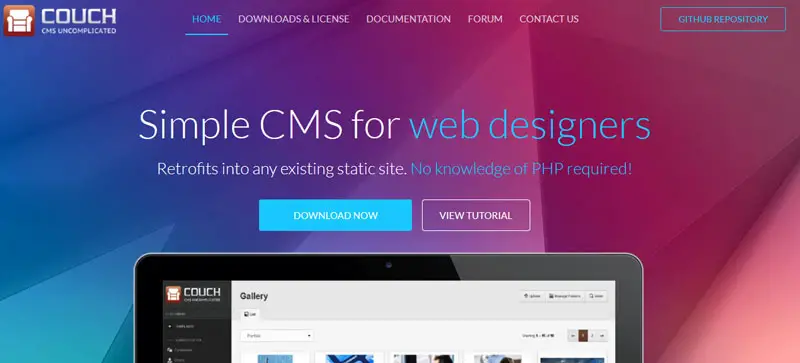
Type: Web Content Management System Platform (WCMS)
CouchCMS PROS:
- Free and open source.
- No coding knowledge is required.
- Powerful features like saving form submissions into database and custom routes.
CouchCMS CONS:
- Uses database, so the installation requires some configurations.
Website: https://www.couchcms.com/
4. Other Lightweight CMS Platforms
We already listed the most popular and well-known lightweight content management systems. However, there are still many other “less-known” simple platforms to be considered. We mention here some of them:
| Lightweight CMS | Description | Website |
|---|---|---|
| Pulse CMS | Simple flat-file software for small websites. | https://www.pulsecms.com/ |
| Pico | Simple and fast, flat file content management system. | https://picocms.org |
| PageKit | Fast-growing CMS engine to build flexible sites. | https://pagekit.com |
| Dropplets | Simple CMS for easy blogging with no database. | https://github.com/johnroper100/dropplets |
| Fork CMS | Open-source content platform made for content-heavy websites. | https://www.fork-cms.com |
| Kirby | Flat file CMS with easy to use comprehensive features. | https://getkirby.com |
| Automad | Flat-file content management system and template engine. | https://automad.org |
| October CMS | Free and open source CMS easy to work with. | https://octobercms.com |
| Typesetter | Open source CMS focused on ease of use and flat-file storage. | https://www.typesettercms.com |
| Yellow | Flat-file content management system to make websites. | https://datenstrom.se/yellow/ |
| WonderCMS | Small flat-file CMS with fast and easy editing abilities. | https://www.wondercms.com |
| Nibbleblog | Easy, fast and free blogging system. | http://www.nibbleblog.com |
| Postleaf | Free and open source content management system. | https://github.com/Postleaf/postleaf |
| Batflat | Light, easy and bootstrap ready CMS. | https://batflat.org |

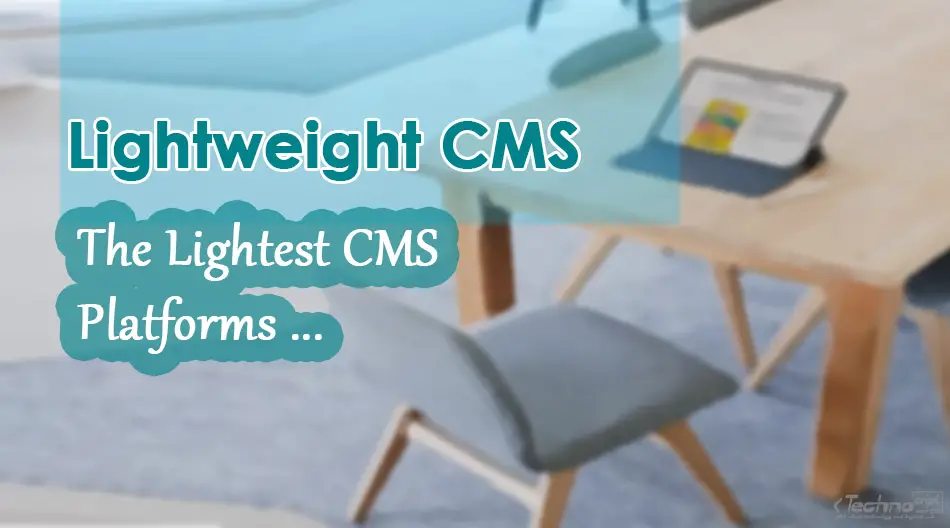
An interesting and useful comparison…..if only it had a date!
Thank you Nigel and we are glad you found it useful.
Our content is usually ever-green and we update it regularly. Unless the date is essential to validate the content we typically don’t mention it.
I’ve been using Wonder CMS for a few years now and it’s by far and away the easiest solution I’ve used. It’s actively maintained and has a small but enthusiastic community around it.
Thank you David for sharing this with us!